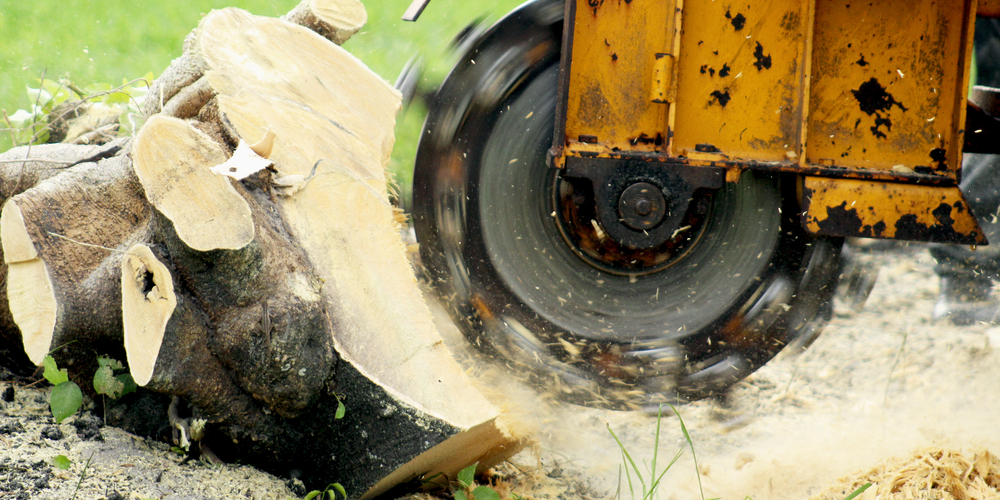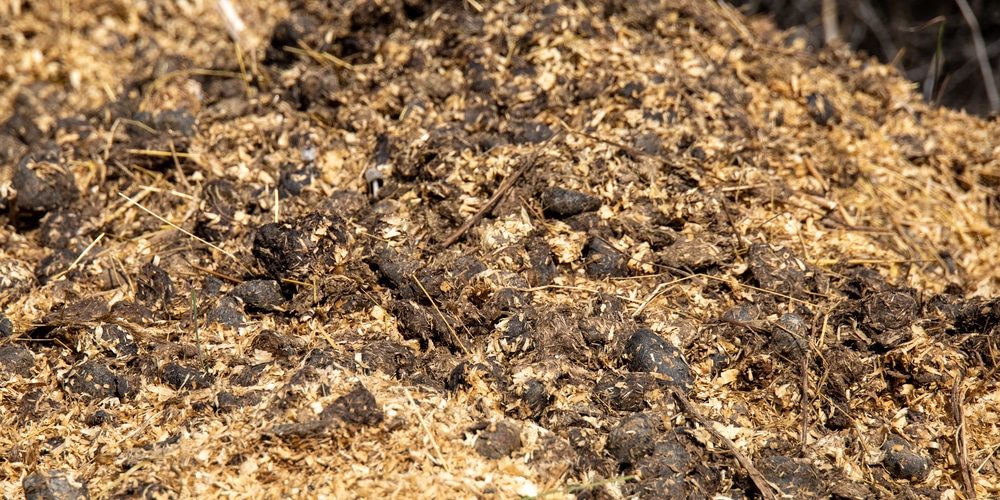Sawdust is a by-product of the woodworking process and is also created after stump grinding. It is created when the saw blade cuts through the wood, tearing off tiny particles in the process. This can be a nuisance if you are trying to clean up your yard, but it can also be put to good use in the garden. Let’s look at what to do with sawdust from stump grinding.
We’ll discuss several uses, such as mulching, weed control, and composting.
What to do with sawdust from stump grinding?
While tree stumps can be used in the garden, they can also be a nuisance. If you have a stump that is in the way or taking up space, it is best to remove it. Tree stump removal can be done with a stump grinder or by digging it out by hand.
After grinding a tree stump, you can tidy up your lawn by raking up the sawdust. Sawdust can be a valuable asset in the garden, but it needs to be used correctly. Here are some tips and tricks for getting the most out of sawdust:
Mulch
Sawdust can be used as a mulch around plants as it will decompose slowly. It will help to suppress weeds and keep moisture in the soil. Sawdust mulch will also slowly break down over time, adding nutrients to the ground which can help to improve the health of your plants and trees.
The benefits of using sawdust as a mulch:
- Sawdust will help to suppress weeds.
- Keeps moisture in the soil.
- Mulch will slowly break down over time, adding nutrients to the soil.
How to use sawdust as a mulch:
Spread a layer of sawdust around plants, making sure to avoid the base of the plant, as you don’t want the stem or trunk to become rotten. For best results, apply sawdust mulch in the spring before weeds start to grow. As you water your plants throughout the growing season, the mulch will also act as a slow-release fertilizer.
Compost
Sawdust can be added to your compost pile. It is a good source of carbon, which is necessary for the composting process. Just be sure to add extra nitrogen-rich materials to your compost pile as well, such as green grass clippings or other food scraps. Sawdust is considered to be brown matter and needs to be mixed with green matter to create a good quality sawdust.
Once the compost has decomposed enough, it can be added to your soil to grow vegetables, shrubs, or flowers. The benefits of adding sawdust to your compost are:
- It helps to aerate the compost
- It provides essential carbon for the microbes
- As it breaks down, it will add nutrients to the soil
Weed Control
Sawdust can also be used to control weeds. Simply spread a layer of sawdust over the area where you do not want weeds to grow. The sawdust will block the light that the weeds need to grow, and they will have a difficult time pushing through the sawdust.
Vermicomposting
Sawdust can be used in vermicomposting, which is a type of composting that uses worms. The worms will eat the sawdust, and their castings will add nutrients to the soil.
To use sawdust in vermicomposting, you will need:
- A container (such as a plastic bin)
- A drill
- Worms
- Sawdust and organic matter
Drill holes in the bottom of the container for drainage. Then fill the container with alternating layers of sawdust and organic material, such as kitchen and garden scraps. Add the worms and wait for them to do their work.
The benefits of vermicomposting are:
- It is a great way to reduce food waste
- It produces rich compost for your garden
- It’s easy to do and doesn’t take up much space
Conclusion
There are many ways to use sawdust in the garden, such as composting, mulching, and weed control. These are just a few of the most popular uses. Be creative and see what other ways you can put sawdust to good use in your yard.

